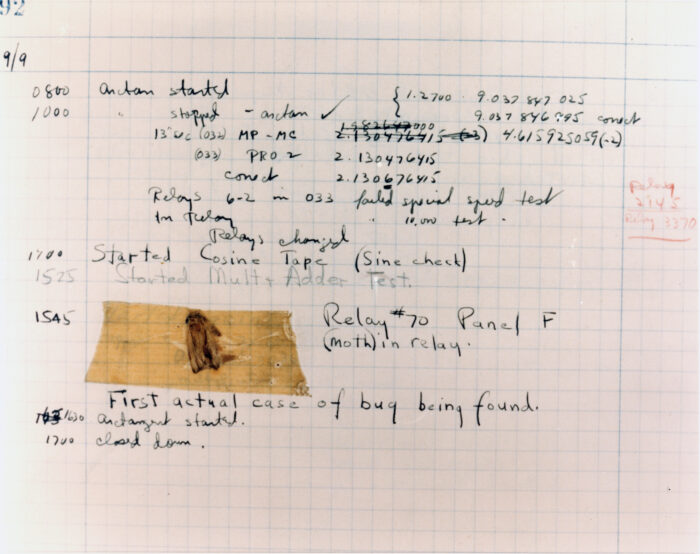Many, many years ago, this was with Bugzilla in the early 2000s, I got my first automated lecture on what constitutes a good bug report. I probably didn’t pay attention. Since then, I’ve seen this list countless times, in various levels of detail, across a broad array of systems:
- What did you do?
- What happened?
- What did you expect to happen?
Over the last few years I’ve come to realize that this list is irreducible, if you’re losing one item you lose important context, and represents a kind of deep wisdom:
- What Did You Do? — If we cannot see the steps that brought you into the situation, it’ll be hard to find the place in the program where it happens. It’ll also set up our mental model of the program in question to see what we think should happen.
Preferably this should be detailed and reliable enough to reproduce the problem on our side. Things that cannot be reliably reproduced are very hard to fix, because you’ll never truly know if they’re gone. - What happened? — This gives context on what happened for you, which might be different for us, indicating some other issue. In some cases this is what we thought should happen, so this also gives a clear statement to set up the next point.
- What did you expect to happen? — Stating how your expectation differs from reality is what makes this a bug. You’re not reporting issues where the system does what you expected it should do. But this expectation might differ from what we were expecting. The issue need not be in the code or the implementation, but might be somewhere else. Maybe the documentation gave you a wrong idea on what should happen?
Sometimes a bug report can be succinct but still contain all three items: “I clicked on save. It did not save. I expected it to save.” Though in this case the first part really should be longer, because this is probably something that only happens under certain circumstances. And even if part 3 is only “I expected it to work”, that’s good to write out.
Bug reports consisting of a single screenshot, for example of an error message, are often not helpful. They, more or less, cover part 2, but leave out important context. It may not be obvious from the screenshot on how to get there. And it’s as likely as not that we think that this is the expected behavior. You should state why you think this error message is, as it were, in error.
The three parts of a good bug report are interlocking. Like describing the way to the train station to a stranger. You’re not going to describe it as “Turn left second street, go right first street, go right third street.” You’re giving context: “Go down this street and turn left at the second intersection, right behind the flower shop. You should see the church in front of you, turn immediately right and go into the small alley. If you then turn right at the third street you should see the train station in the distance.”
This is redundant. But redundancy is good. It allows for error checking and correction. It allows for there to be errors in both the environment and in its mental model or description thereof.
So, repeat after me: What did you do? What happened? What did you expect to happen?
